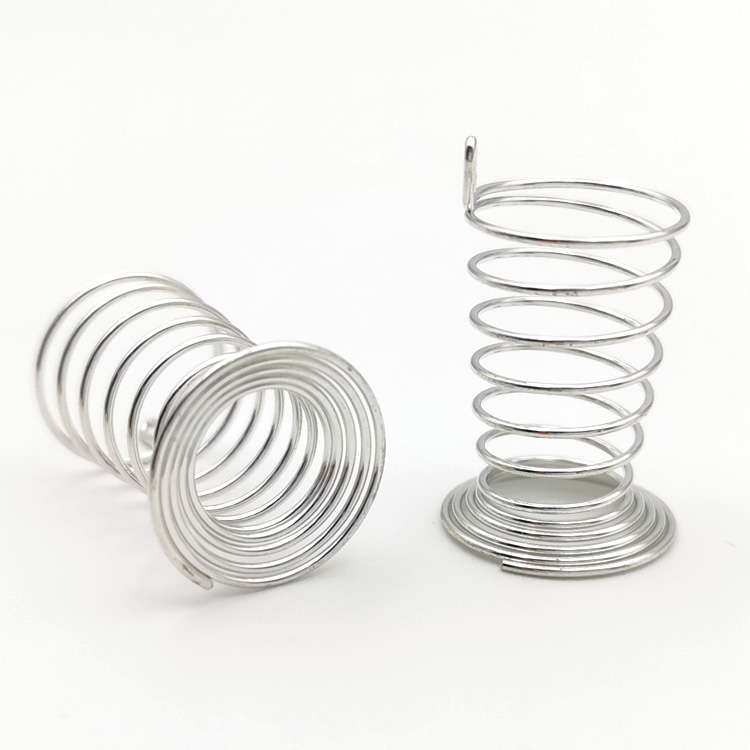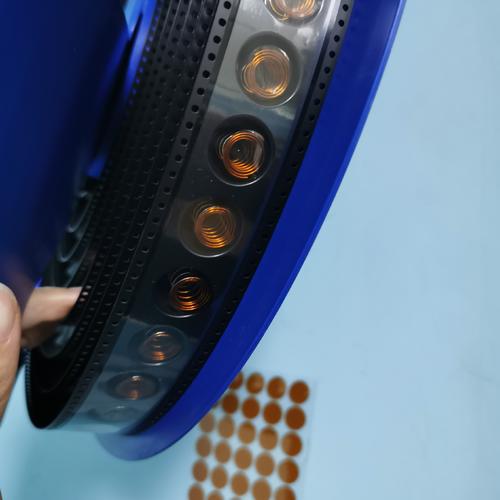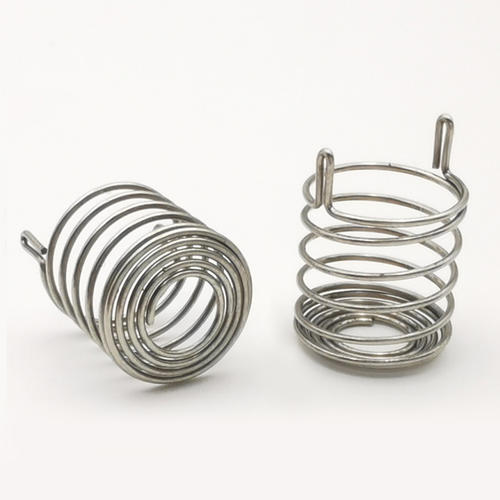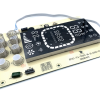
Spring Touch Sensors: How They Work and Their Applications
Have you ever wondered how your smartphone screen responds instantly to your touch? The technology behind this seamless interaction is capacitive touch sensing, and one innovative way to implement it is by using spring touch sensors. In this article, we'll dive into what spring touch sensors are, how they work, and their various applications in today's technology.
What are Spring Touch Sensors?
Spring touch sensors are a unique type of capacitive touch sensor that uses a compressed spring as the sensing element. Unlike traditional flat capacitive sensors, the spring acts as an electrode that can detect touch from any direction. This allows for more flexibility in product design.
The key advantages of spring touch sensors include:
- Ability to sense touch through thicker overlays and enclosures
- Durable and reliable performance in harsh environments
- Allows for creative product designs with curved or irregular surfaces
- Easy to incorporate features like backlighting and haptic feedback
How Spring Touch Sensors Work
The working principle behind spring touch sensors is capacitive sensing. When a conductive object, like a human finger, comes close to or touches the spring, it changes the capacitance. This change is detected by the sensor circuitry and registered as a touch event.
Here's a simplified explanation of how it works:
- The spring acts as one electrode of a capacitor
- The human body acts as the other electrode when the finger approaches
- The electric field between the electrodes changes with finger proximity
- The sensor measures this capacitance change to detect touch
The springs are usually made of conductive metal and compressed to maintain contact with the sensing circuitry. Different spring shapes, such as circular, rectangular, or variable diameters, can be used based on the application.
Applications of Spring Touch Sensors
Spring touch sensors are widely used in applications where traditional capacitive touch solutions are not feasible. Some common use cases include:
Home appliances: Ovens, washing machines, refrigerators
Automotive: Dashboard controls, steering wheels, door handles
Industrial equipment: Control panels, machine interfaces
Medical devices: Operation room equipment, patient monitors
Consumer electronics: Smartphones, laptops, wearables
The ability to work through thick dielectrics and provide tactile feedback makes spring touch ideal for environments that require gloves, have high humidity, or are prone to contamination.
Conclusion
Spring touch sensors offer a robust and versatile solution for implementing capacitive touch in a wide range of products. By understanding how they work and their unique advantages, product designers can create innovative touch interfaces that are intuitive, reliable and responsive. As technology advances, we can expect to see even more creative applications of spring touch sensors in the devices we use every day.
At Xinzhaolang, we specialize in providing high-quality spring touch sensors and custom touch solutions for various industries. Our expert team is dedicated to helping clients integrate this cutting-edge technology into their products. Contact us today to learn more about how spring touch sensors can enhance your next project!








